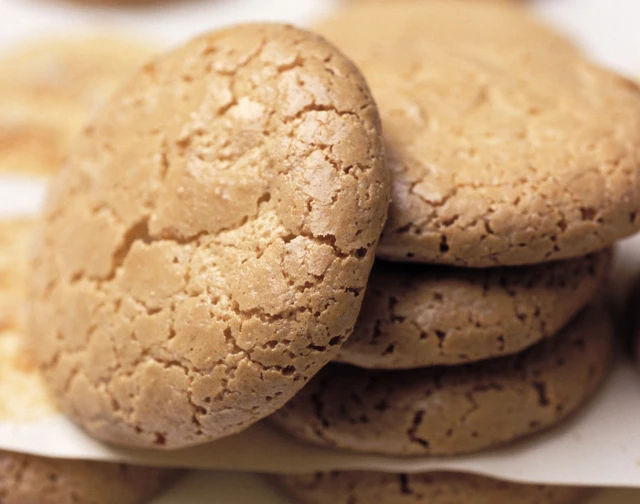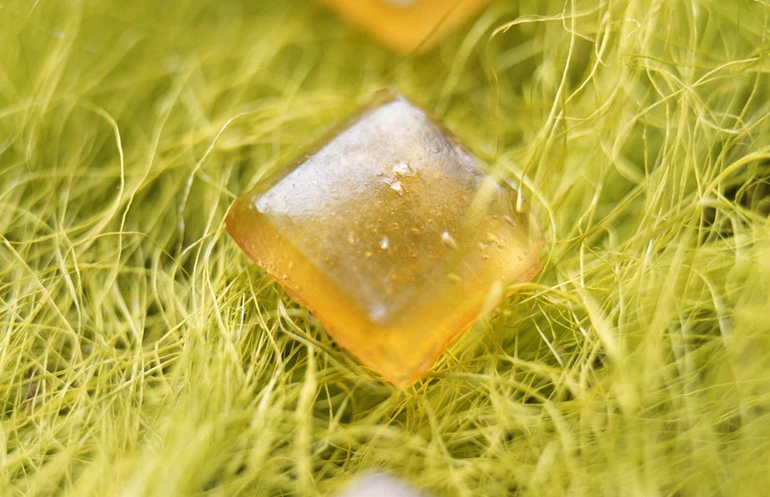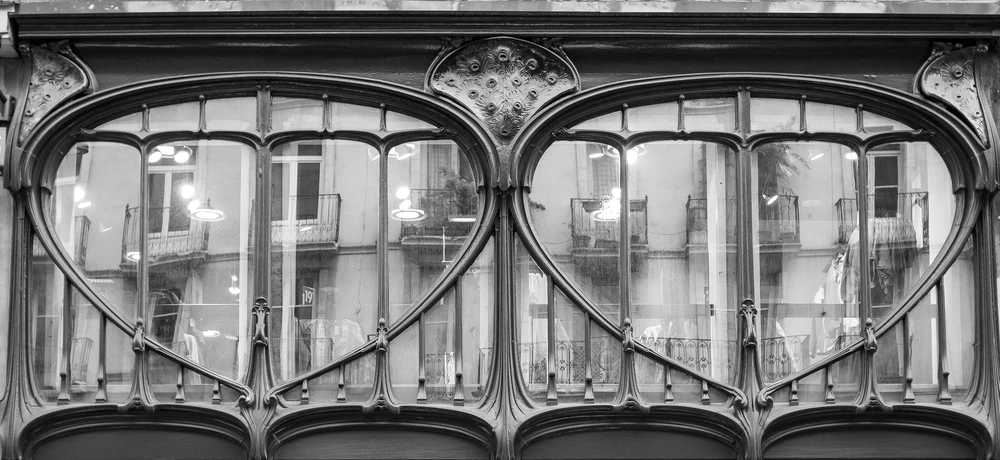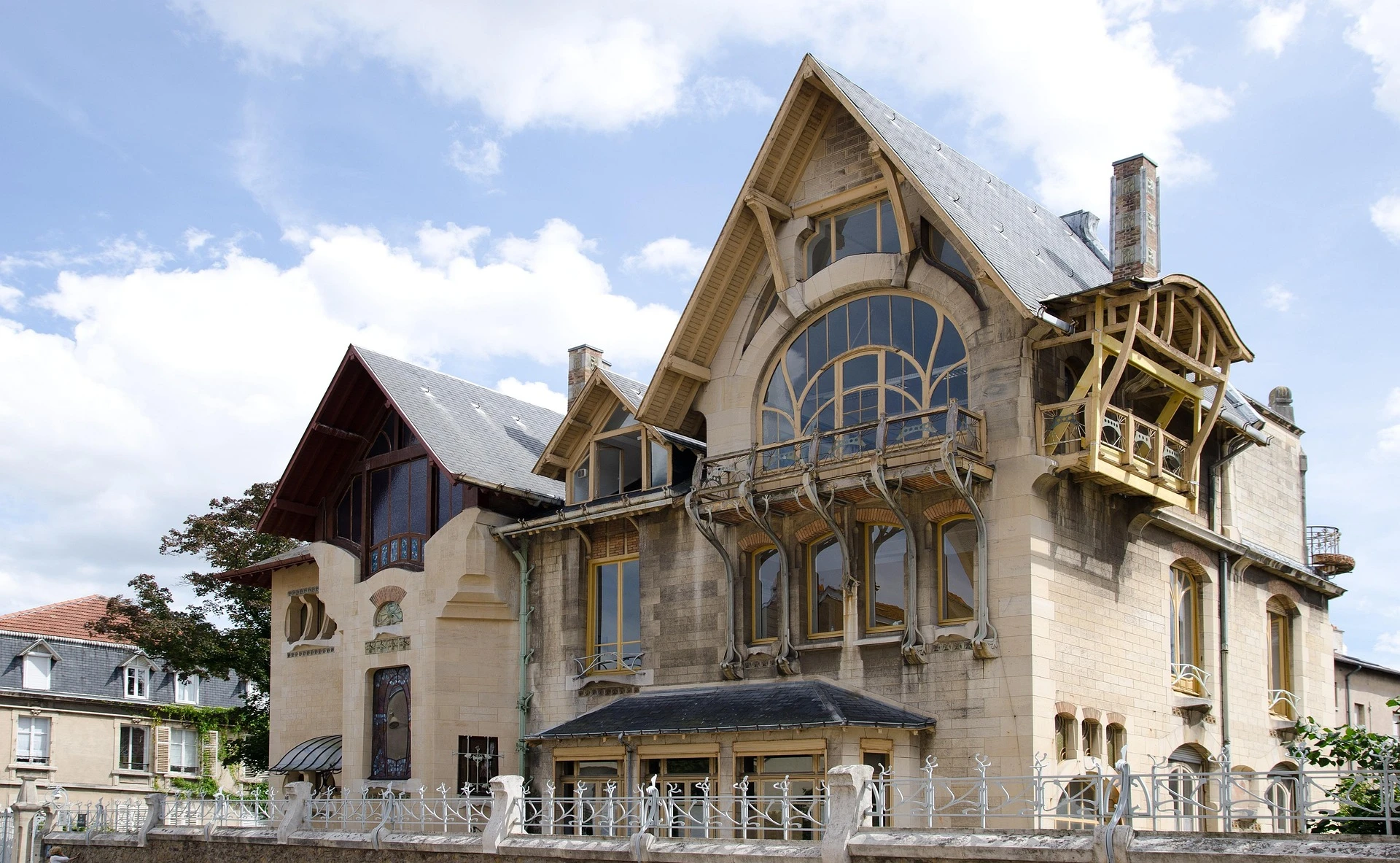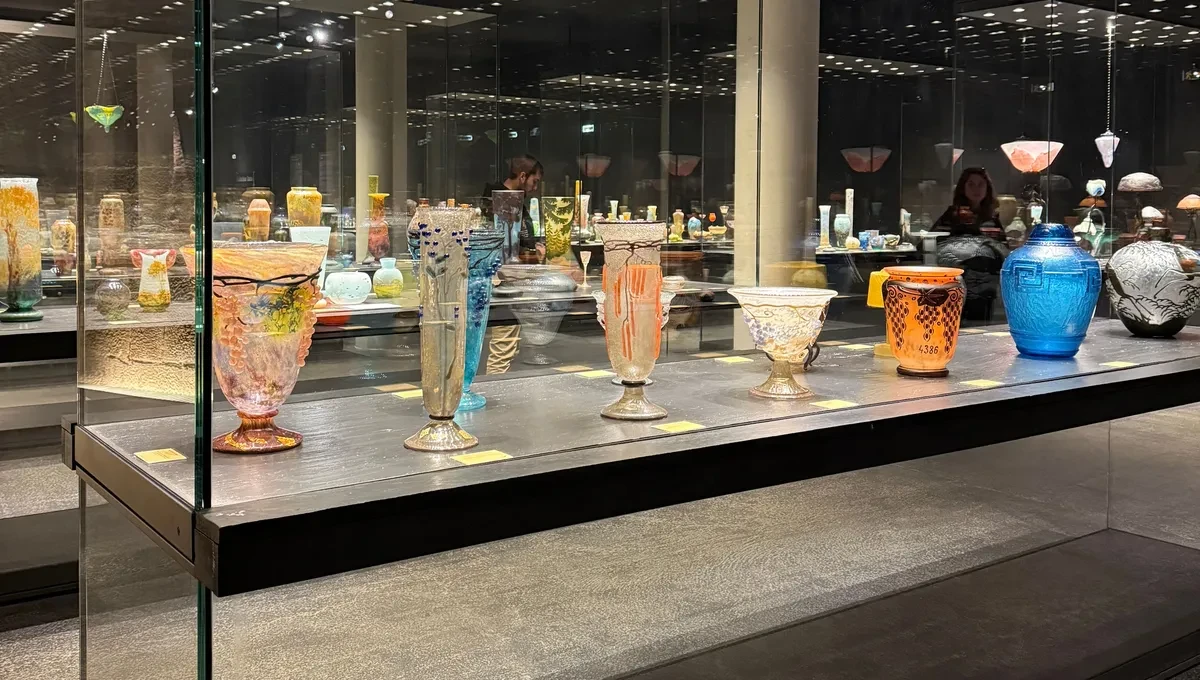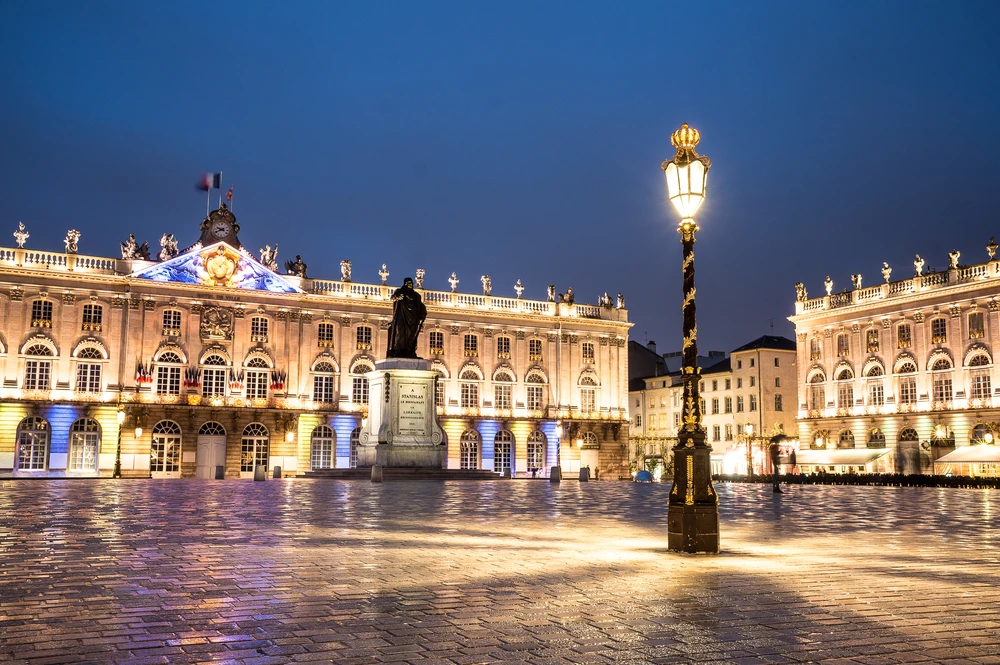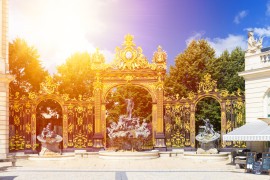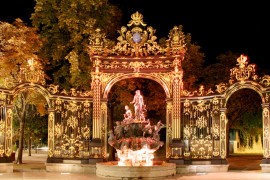1 / The most beautiful square in the world
Nancy's Place Stanislas with its golden gates in the rising sun / Photo chosen by Monsieur de France: shutterstock
The Place Stanislas is often considered the most beautiful square in the world. It is part of a larger ensemble, Nancy's 18th-century ensemble, which includes 2 other squares: place de la carrière and place d'Alliance. this places which dates back to 1755, has been listed as a World Heritage Site by UNESCO since 1983, i.e. in the early years of the existence of this list, which counts themost beautiful monuments and sites in the world. It was listed at the same time as the Taj Mahal in India, and a few years before the Great Wall of China;
The Government Palace on Quarry Square / Photo chosen by monsieur de France: depositphotos
Much smaller than other famous squares such as Place de la Concorde in Paris, Saint Mark's Square in Venice or Tien-An-Men Square in Beijing, Place Stanislas is striking in its beauty and originality. It combines the elegance of white stone buildings with the folly of iron gates gilded with gold leaf. Splendid fountains also adorn it. It is the heart of Nancy, its agora. People come to see it, pass through it, stop for a drink, and many events have taken place here.
L'Arc Héré closes Place Stanislas and leads to the magnificent Place de la Carrière / Photo chosen by Monsieur de France shutterstock
2 / Nancy is the capital of the duchy of Lorraine
The Palais Ducal in Nancy's old town was home to the Dukes of Lorraine. Duke Antoine, one of them, is depicted on the doorway / Photo chosen by Monsieurdefrance.Fr: Kiev.Victor/Shutterstock
Founded by a Duke of Lorraine, Gérard 1er, around the year 1000, Nancy was initially a fortified castle, around which a town developed. Over time, it became the preferred residence of the sovereign dukes of Lorraine and their capital. Charles III propelled it into the big leagues in the early 17th century by having a second city of Nancy built, the ville neuve, 5 times larger than the original city, which became the ville vieille. This new town features wide thoroughfares (rue Saint Jean, rue Saint Dizier), squares (place Charles III) and amenities. Surrounded by ramparts so impressive that they attracted the first tourists (they were destroyed 40 years later on the orders of French troops occupying the Duchy of Lorraine), it thus long consisted of two towns before the two entities were united by the construction of the 18th-century urban complex and notably the famous Place Stanislas. Nancy ceased to be capital of the Duchy of Lorraine when it was annexed by France in 1766. It became prefecture of the Meurthe department, in 1790, before the department became Meurthe-et-Moselle in 1871.
The double city of Nancy in 1633 / Photo chosen by Monsieur de France: wikicommons
3 / The thistle is Nancy's emblem
The coat of arms of Nancy with, in the center, the thistle emblem of the city / image chosen by Monsieur de France: Manassas via wikicommons.
Like the Lorraine cross, the thistle is a symbol that came from the Anjou family and was brought by René I in the 15th century when he married Isabelle de Lorraine. Little used at first, it truly became the emblem of the city (and more broadly of Lorraine) after the Battle of Nancy (1477) when René II won the battle against the Duke of Burgundy Charles the Bold, who was laying siege to the city, which he therefore never took (to the point of perishing in the marshes not far from the walls). The thistle is found on Nancy's coat of arms (accompanied by the arms of the Dukes of Lorraine, of which Nancy was the capital). You can see it, in particular, on the façade of the Hôtel de Ville, held by an allegory of the city of Nancy.
A thistle sculpted by Emile Gallé in 1889 / photo chosen by Monsieur de France : By Léna - Own work, CC BY 3.0, https://commons.wikimedia.org/w/index.php?curid=16838504
4 / His motto is "qui s'y frotte s'y pique"
It was also René II, victorious over his enemy Charles le Téméraire after the Battle of Nancy in 1477, who chose Nancy's motto, which was not taken by the enemy. He chose "né toqués mi, je poins" which means "don't touch me, I prick" and which became "qui s'y frotte, s'y pique" (Those who rub shoulders with it get stung). It's also the motto of AS Nancy Lorraine, the soccer club.
The Battle of Nancy / Painting on display at the Museum of Fine Arts in Nancy / By Eugène Delacroix - [1], Public domain, https://commons.wikimedia.org/w/index.php?curid=86142397
That said, there's another motto that's sometimes said, rather amusingly, and which illustrates the greediness of the locals is"Nancy pour la gueule j'en suis".
5 / 2 Nancy culinary specialties: bergamotes and macarons de Nancy
Nancy is famous for at least two culinary specialties that bear its name. Nancy bergamotes and Nancy macaroons.
Macarons de NancyPhoto chosen by Monsieurdefrance.fr: Foodpictures/Shutterstock.com
Les bergamotes de Nancy are sweet candies made from bergamot essence. They are the subject of a Indication Géographie Protégée (IGP). In fact, this is one of the rare French I.G.P whose basic product does not come from the local terroir. Indeed, bergamot trees don't grow in Lorraine, but rather in Calabria, in southern Italy. This tradition of bergamot-flavored sugar has existed in the town for several centuries, at least since the 18th century, perhaps even earlier, but it was in the 19th century that it became emblematic when these sweets began to be sold in large quantities in cartridge boxes, first, before bergamot boxes were specially created by confectioners. They are often collected.
Nancy BergamotPhoto chosen by Monsieurdefrance.fr: Foodpictures/shutterstock.com
Les macarons de Nancy are olderas they seem to have originated in the 16th century, perhaps after the passage of Catherine de Médicis who was the grandmother of the Duchess of Lorraine and who loved these almond-based cookies she brought with her from Italy. Convents would have appreciated this egg-based recipe, which was allowed in convents, unlike viance. What is certain is that the first macaroons as we know them were sold at the end of the 18th century, during the French Revolution, by two nuns driven out of their convent, which had just been closed. To make a living, these two nuns began making the macarons they were served in their convent and selling them. Macaroons so tasty that they won over the people of Nancy, who came to call the two nuns "les soeurs macarons". While the story isn't necessarily documented, the fact remains that Nancy macarons have been famous since the 19th century andtheir recipe is kept secret by pastry chefs. True Nancy macaroons can only be found in Nancy;
Lorraine is also the region of madeleines. You can find very good ones in Nancy / Photo chosen by Monsieur de France: shutterstock.
In Nancy, of course, you can sample typical Lorraine specialties such as quiche Lorraine, pâté Lorrain, madeleines, chardons Lorrains, saucisse Lorraine and other delicacies. Lorraine is also renowned for the quality of its wine (from the Toulois hillsides in particular) and its beers;
6 / Nancy, French capital of Art Nouveau
An art nouveau facade in downtown Nancy / Photo chosen by Monsieur de France; depositphotos.
If there's one city in the world where Art Nouveau has truly flourished, it's Nancy. In fact, it's the city in the world with the most Art Nouveau elements relative to its size. A reasonable size, moreover, that allows many monuments to be discovered on foot. It gave its name to an Art Nouveau movement known as the Nancy School, so numerous were the city's creators. Among them: Emile Gallé, Louis Majorelle...
The facade of the Villa Majorelle in Nancy / Photo chosen by Monsieurdefrance.com : Patrice Soudier de Pixabay
The Ecole de Nancy was distinguished by its desire to make art accessible to all through industry. Nancy is therefore famous for its many Art Nouveau buildings, including the Villa Majorelle, but also for its creations in glass (Emile Gallé...) and wood (Louis Majorelle), which can be seen at the Musée de l'Ecole de Nancy. Thea tradition of glass and creativity is continued by the Maison Daum. The world's largest Daum collection can be seen at the Musée de Beaux-Arts and is well worth a visit.
The Daum collection at the Museum of Fine Arts in Nancy / Photo chosen by Monsieur de France: Jérôme Prod'homme
7 / Nancy is a tourist destination
And much more than it looks. With over 3,000,000 tourists each year, it's often a great stopover for a short stay, especially for foreign tourists (who account for around 33% of visitors to the Tourist Office located on Place Stanislas). Nearly 6,000 jobs depend directly on tourism in the city. Major events add many visitors, such as the Saint Nicolas festivities, in December, which attract nearly 150,000 people to the streets and Place Stanislas to watch the parade of Lorraine's patron saint pass by, as well as the Nancy Jazz Pulsation NJP music festival or as Le Livre sur la Place, the back-to-school literary fair and one of France's very first literary gatherings. Meanwhile, le center des congrès Prouvé attracts numerous cultural, economic and scientific events.
Photo chosen by monsieur de France: depositphotos
8 / Nancy is a spa town
It's one of the most recent, but it's probably the largest spa town in France in terms of population. Nancy's water has always been renowned (the Dukes of Lorraine had it delivered when they traveled), but it was in 1908 that architect Louis Lanternier discovered Nancy's thermal spring following drilling. He decided to build an entire complex, which was inaugurated in 1909. The first buildings go up, including the famous and magnificent round swimming pool, before the First World War hits the project, which eventually closes, bringing ruin to its founder. It was in 2010 that the Metropole du Grand Nancy decided to restart the project. The spring was once again drilled, analyzed, and a brand-new spa complex built. Nancy Thermal now boasts 3 pools (including an outdoor pool) and 4 areas, including one dedicated to the care brought to curists. The water is naturally warm and doesn't require heating to keep it at the right temperature.
The Nancy spring is naturally warm / Photo chosen by monsieur de France: shutterstock.
9 Nancy is France's top student city.
To say the least!" With 1 student for every 6 inhabitants, Nancy is France's most student-rich city. 43,000 students, 6,000 academics make the city the second largest university hub in the Grand Est region after Strasbourg, and one of the 12 largest in France. Whether they study at the Université de Lorraine or in the schools, students are part of Nancy's very identity. They also make Nancy a young city;
Students liven up Nancy and its nights in particular / Photo chosen by monsieur de France: shutterstock.
10 The people of Nancy have two names
Nancy City Hall by night / Photo chosen by Monsieur de France: shutterstock
Nancy comes from "nanciaco" the name of the hamlet where the Duke of Lorraine Gérard 1er founded a castle around which the town grew. "Nanciaco" gave rise to Nancey (pronounced Nancéi) in the Middle Ages, and then to Nancy, so the inhabitants are called nancéiens, which is their official name, but we also often hear them referred to as nancéens. Both are accepted. It's even said that the august and very serious Académie Française has validated both gentilés. Note that there are around 105,000 nancéien(ne)s.

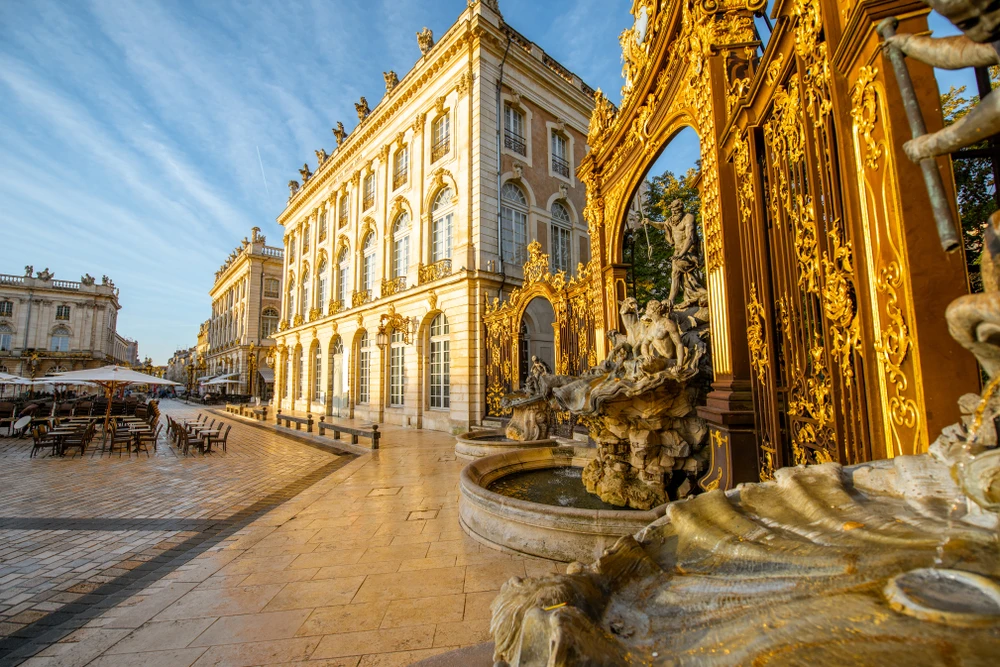
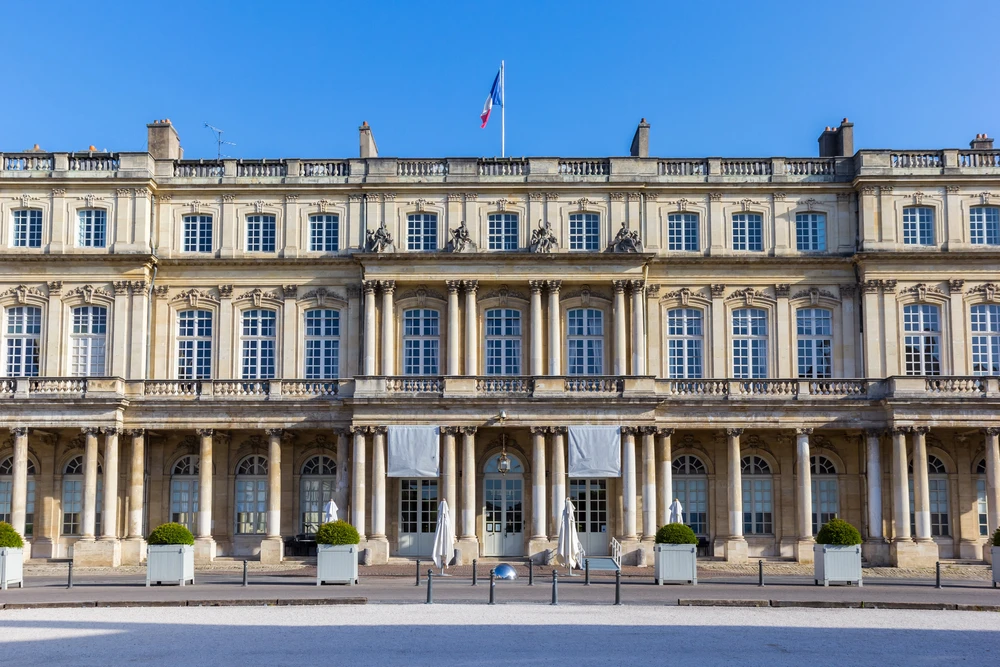
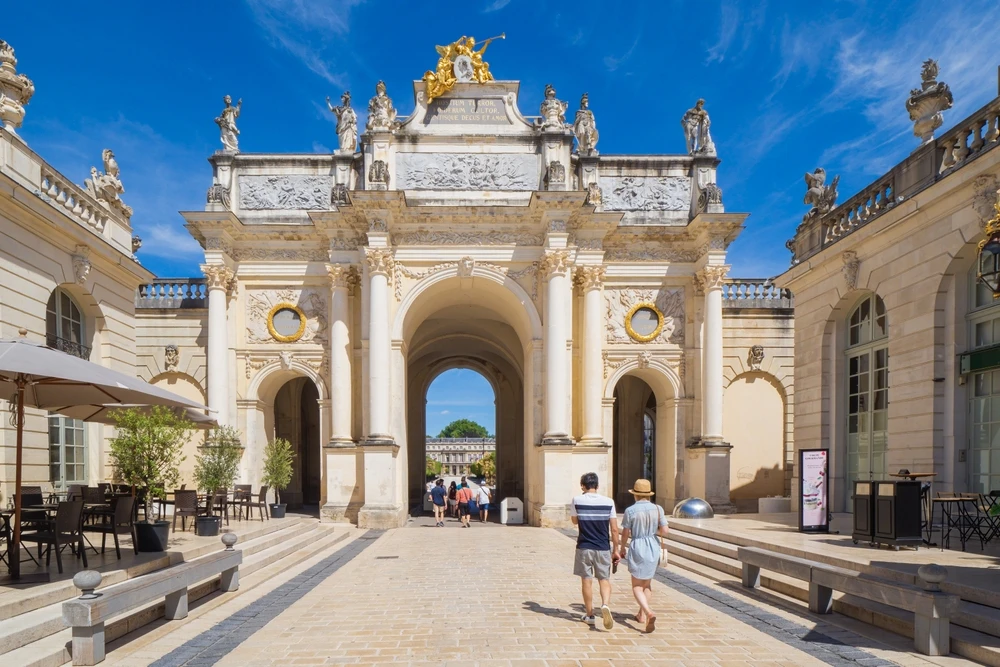
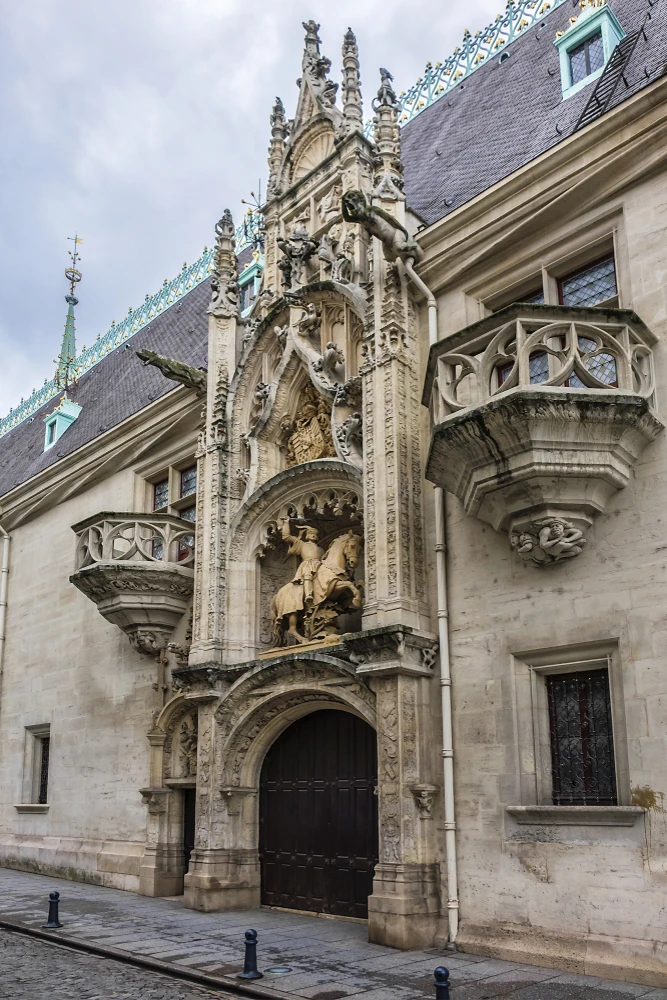
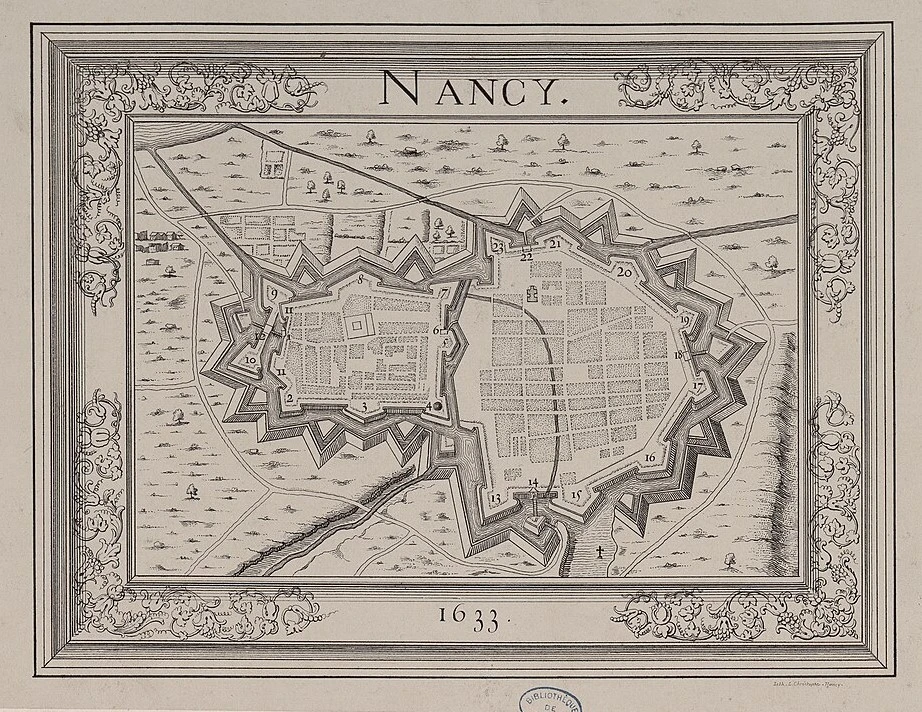
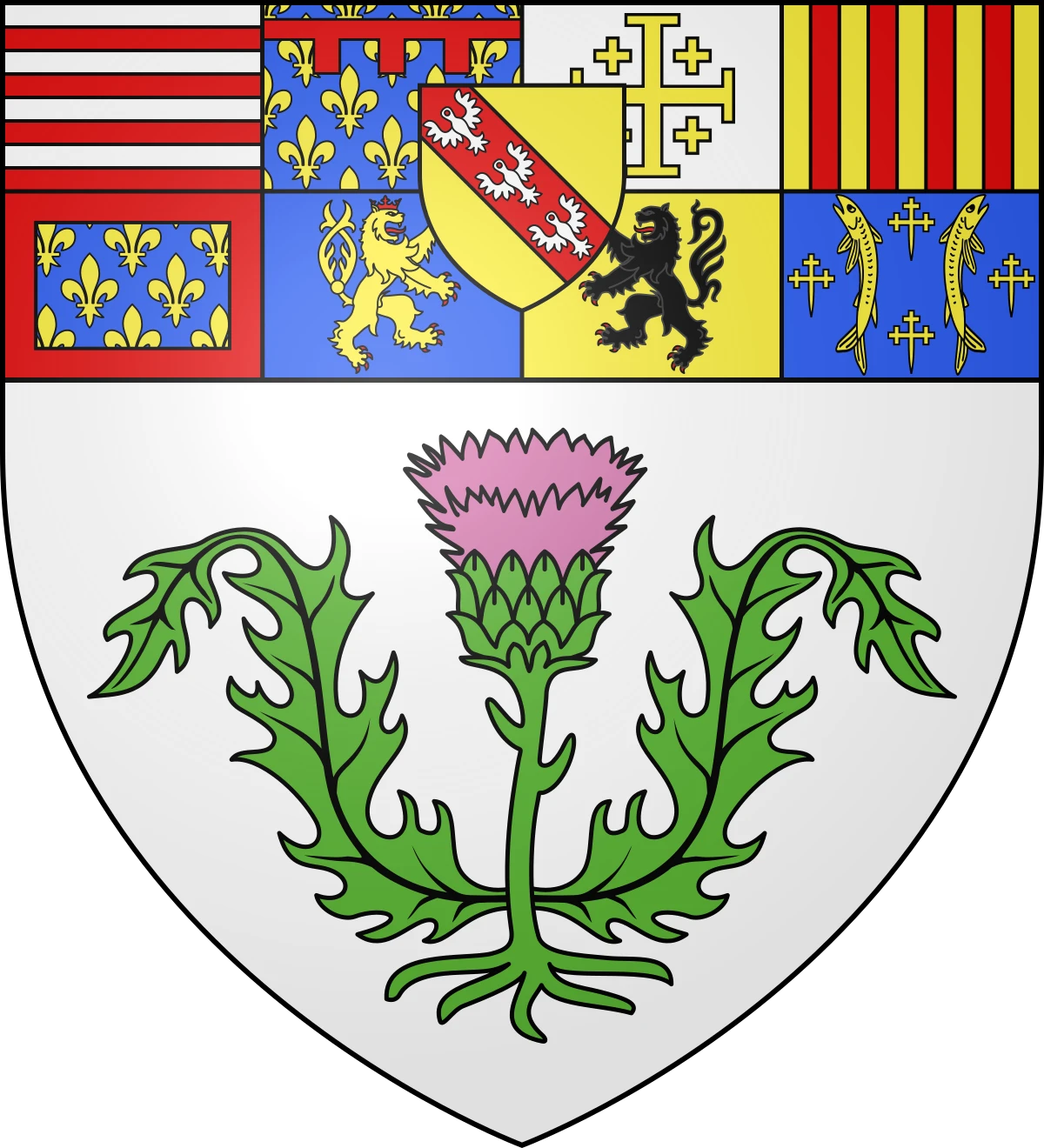
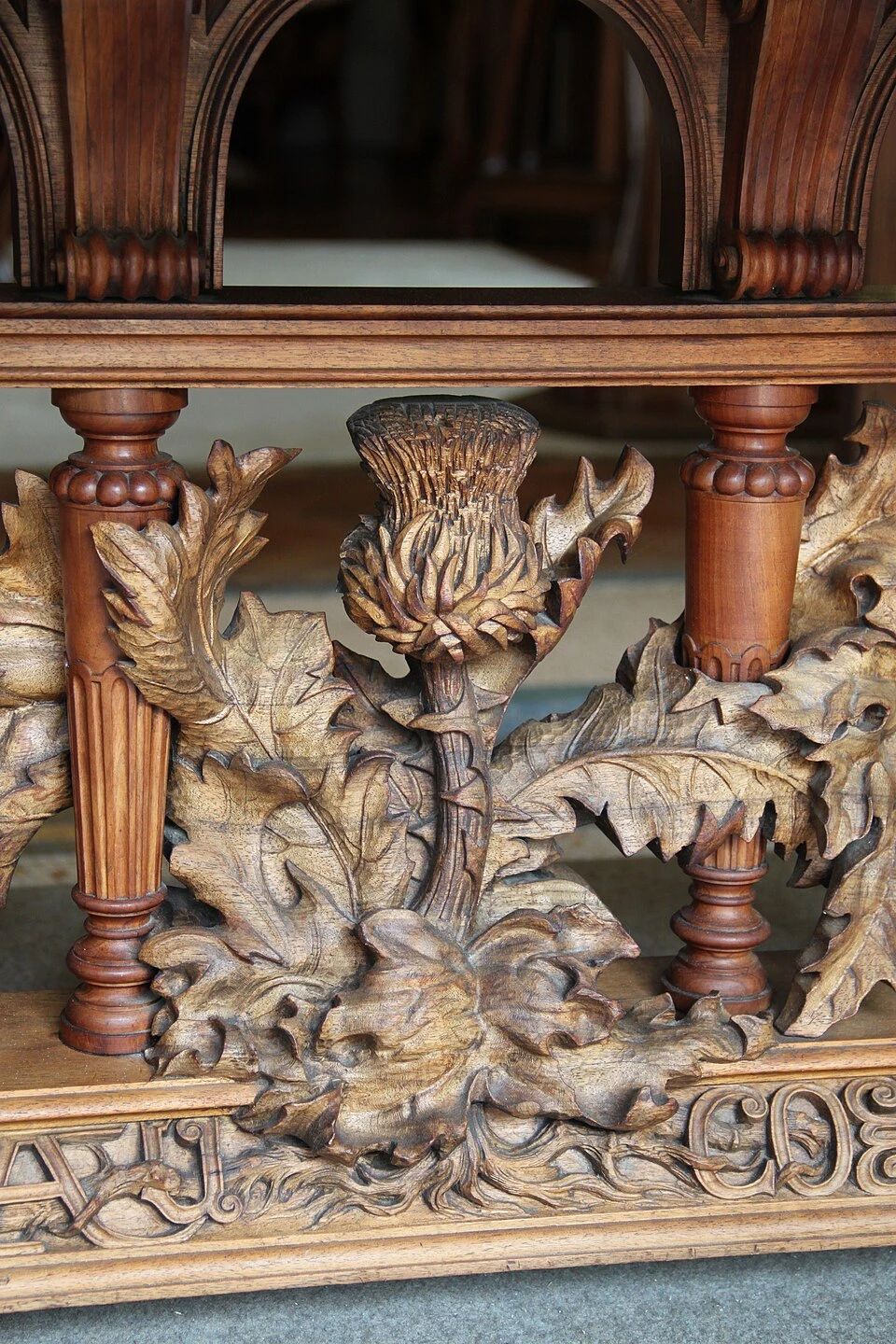
![The Battle of Nancy / Painting on display at the Museum of Fine Arts in Nancy / By Eugène Delacroix - [1], Public domain, https://commons.wikimedia.org/w/index.php?curid=86142397](https://monsieur-de-france.com/media/cache/ludodev_compress_webp/uploads/images/delacroix-bataille-de-nancy-3-1756546380.jpg)
